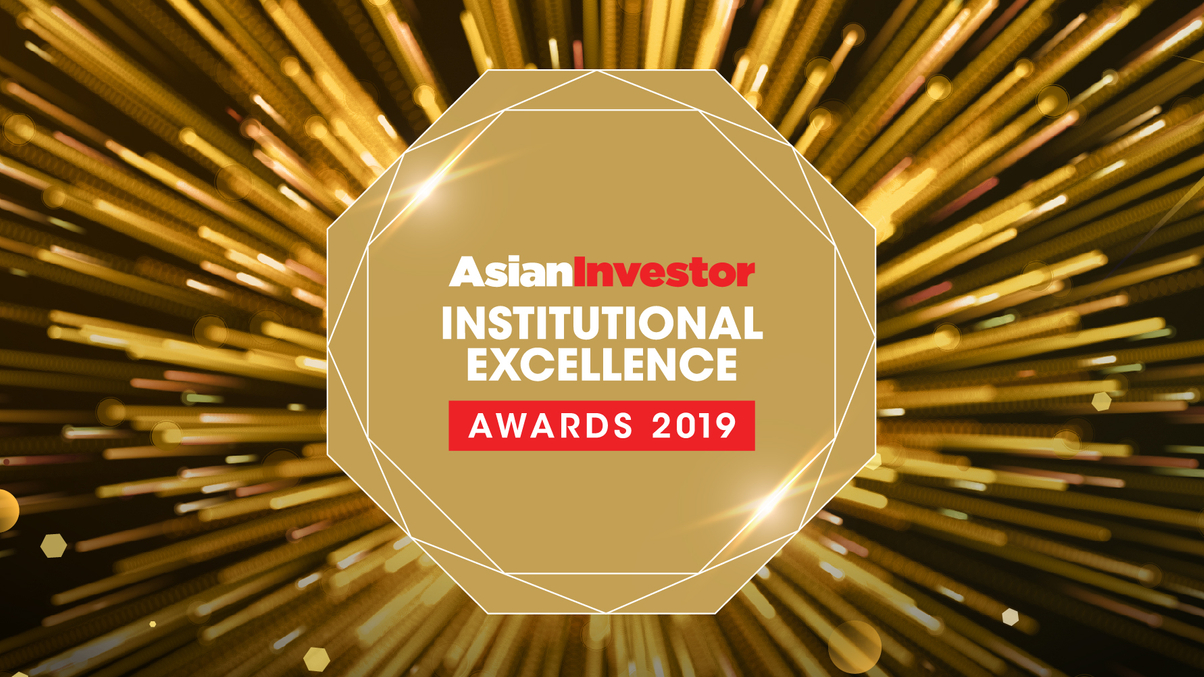award
Asia’s best asset owners: How GPIF’s Mizuno and GPF’s Man impressed
For the final two in our institutional awards series, we explain our choice of Hiromichi Mizuno as the best CIO and outline the contributions of Man Juttijudata to Thailand's investment industry.

The past few years have amply demonstrated why the world’s most successful asset owners combine process discipline with hard work, talented personnel and a willingness to embrace new opportunities.
Sign in to read on!
Registered users get 2 free articles in 30 days.
Subscribers have full unlimited access to AsianInvestor
Not signed up? New users get 2 free articles per month, plus a 7-day unlimited free trial.
¬ Haymarket Media Limited. All rights reserved.


